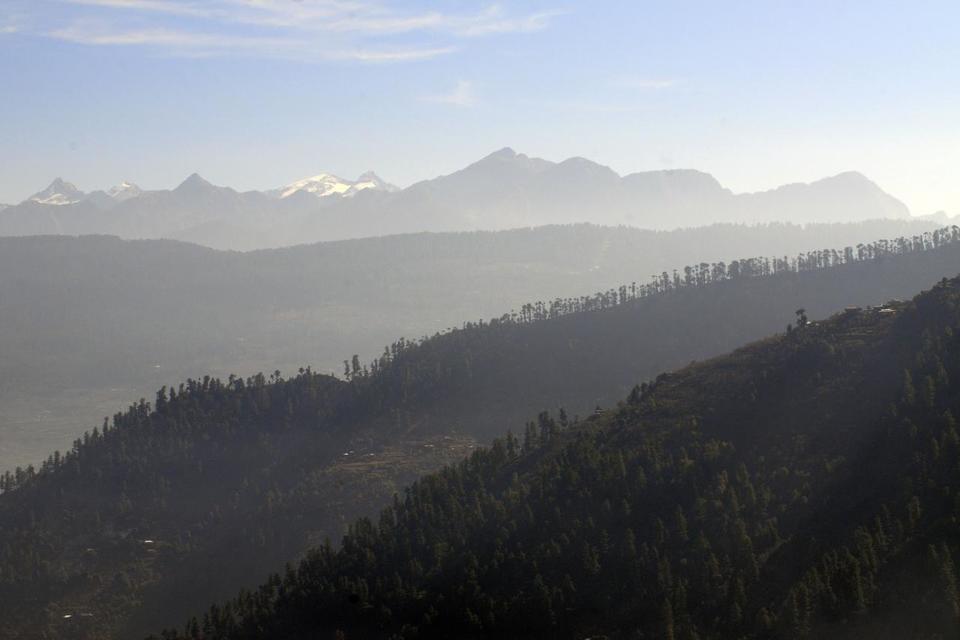World Soil Day 2024: Why we urgently need to stop treating soils like dirt and agroecology like a niche
- From
-
Published on
05.12.24
- Impact Area

In 2013, the UN General Assembly declared December 5th as the World Soil Day to observe every year. This year, we celebrate the World Soil Day with the theme of “Caring for Soils: Measure, Monitor and Manage”, which underscores the importance of soil data and information to understand, advocate, make decisions and sustainably manage soil resources for sustaining life, livelihoods and nature.
Soils are limited natural resources. They are considered renewable because they are constantly forming. Though this is true, their formation occurs at extremely slow rates. In fact, one inch of topsoil can take several hundred years or more to develop. In optimum conditions and a mild climate, it takes between 200-400 years to form 1cm of new soil.
Soil and land are the foundation of agriculture, biodiversity, sustainable livelihood systems, as healthy soils are the basis for food, nutrition, shelter, income and economy. Healthy soil directly contributes towards achieving eight Sustainable Development Goals (SDGs), such as Zero Hunger (SDG 2), Climate Action (SDG 13) and Life on Land (SDG 15), while indirectly influencing additional five goals, including Good Health and Well-being (SDG 3). Hence, soil is central to the global challenges which the people and nature are facing and struggling to find solutions these days.
However, it is a matter of extreme concern that there is a rapid decline in soil quality throughout the world due to changes in physical, chemical and biological features. UNESCO (2024) reports that approximately 75% of the world’s land is degraded, with projections of rising to 90% by 2050, directly impacting 3.2 billion people. When land is degraded, it impacts food security, water availability and ecosystem health, directly affecting half of humanity, and causing a loss of about US$40 trillion worth of ecosystem services each year — nearly half of the global GDP of $93 trillion in 2021. Land degradation is also considered “the single greatest cause of terrestrial biodiversity loss,” and considerably contributes to climate change: Between 2000 and 2009, annual greenhouse gas emissions from degraded land accounted for up to 4.4 billion tons of carbon dioxide (CO2) emissions.
Related news
-

From Dirt to Decision-Making: Governance and Soil Health Must Go Hand in Hand
Multifunctional Landscapes Science Program26.11.25-
Biodiversity
-
Environmental health
-
Environmental health & biodiversity
In October, the world convened in Des Moines for the 2025 Borlaug Dialogue under the…
Read more -
-

ICRISAT’s Solar-Powered Water Hyacinth Harvester Recognized Among India’s Top 100 Innovations of 2025
International Crops Research Institute for the Semi-Arid Tropics (ICRISAT)18.11.25-
Environmental health
-
Poverty reduction, livelihoods & jobs
ICRISAT's Novel Solar-Powered Water Hyacinth Harvester has now earned a place in the prestigious To…
Read more -
-

CGIAR at the Global Land Forum 2025: Bridging Science and Land Governance
The Alliance of Bioversity International and the International Center for Tropical Agriculture (CIAT)11.11.25-
Environmental health & biodiversity
With more than 1,300 delegates from 90 countries, the tenth Global Land Forum (GLF) turned Bogotá…
Read more -
